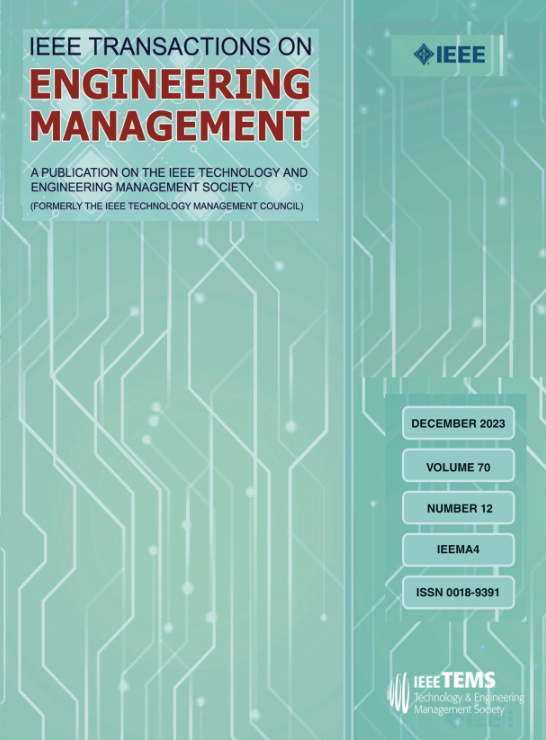Interfirm Collaboration Enhancing Twin Transition: Evidence From the Italian Fashion Industry
IF 4.6
3区 管理学
Q1 BUSINESS
引用次数: 0
Abstract
This study enters the debate on the interplay between digital technologies and the pursuit of sustainable development goals in organizations. The article investigates whether external pressures at the supply chain level push companies toward a digital and green (twin) transition, and how this effect differs according to company size and their collaborative relationships. Using a sample of fashion industry firms located in northeastern Italy, we propose and test a conceptual model by applying a moderated mediation analysis. Our proposed model suggests that collaborative partnerships between firms are essential in leveraging digital technologies for a green transition, emphasizing the importance of coordinating technological adoption across the value chain. Results confirm that adopting collaborative partnerships boosts companies’ willingness and ability to leverage digital technologies toward the green transition. Moreover, we found that the positive relationship between external pressures for technology adoption and firms’ collaborative behavior is moderated by firm dimension. On one hand, when external pressures for digital transformation increase, smaller firms tend to collaborate more frequently than larger ones. On the other hand, regardless of size, all firms demonstrate increased collaboration when facing the highest pressure levels. This study offers novel insights into the importance of interorganizational collaborations at the supply chain level in companies’ twin transitions.求助全文
约1分钟内获得全文
求助全文
来源期刊

IEEE Transactions on Engineering Management
管理科学-工程:工业
CiteScore
10.30
自引率
19.00%
发文量
604
审稿时长
5.3 months
期刊介绍:
Management of technical functions such as research, development, and engineering in industry, government, university, and other settings. Emphasis is on studies carried on within an organization to help in decision making or policy formation for RD&E.
 求助内容:
求助内容: 应助结果提醒方式:
应助结果提醒方式:


